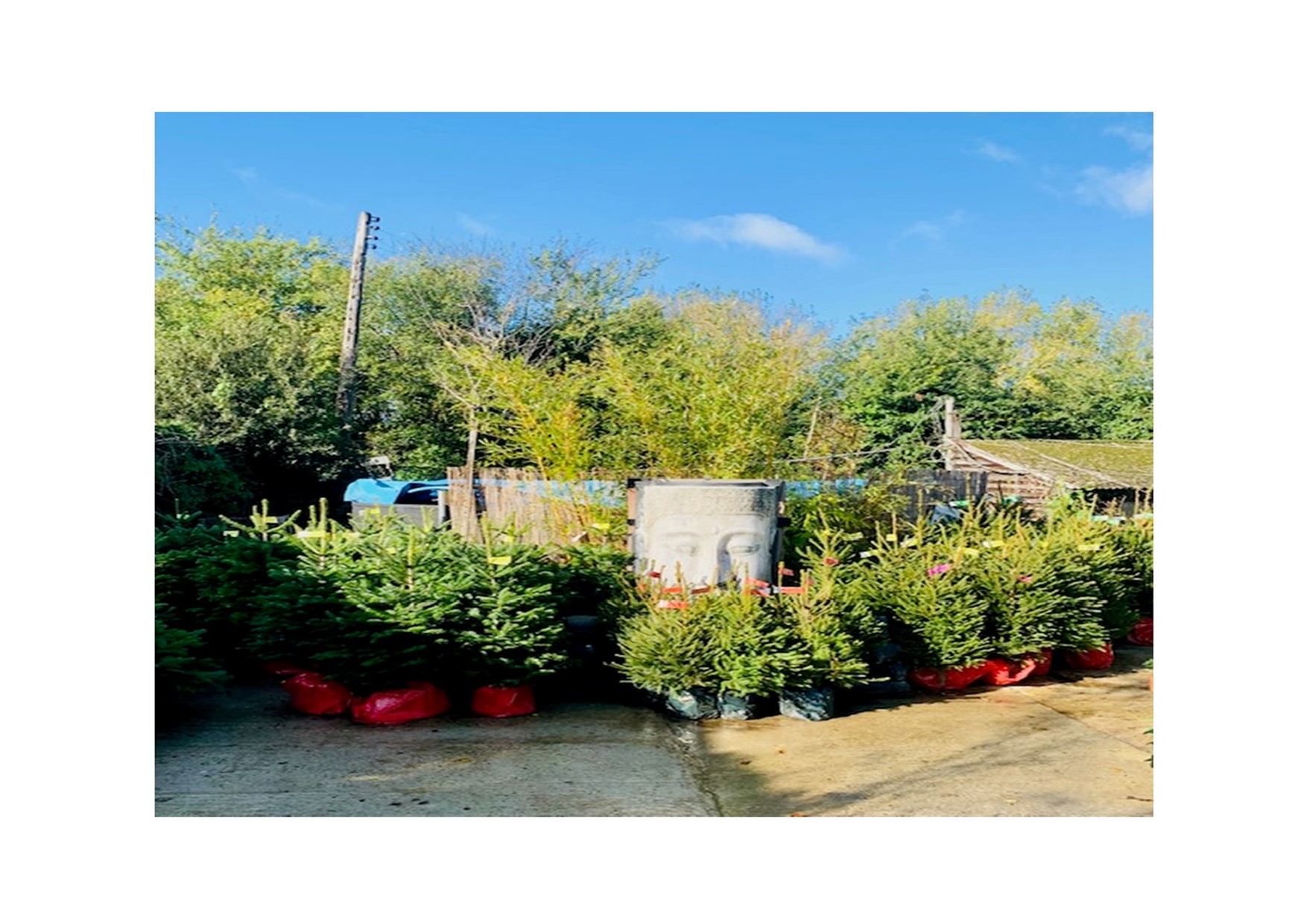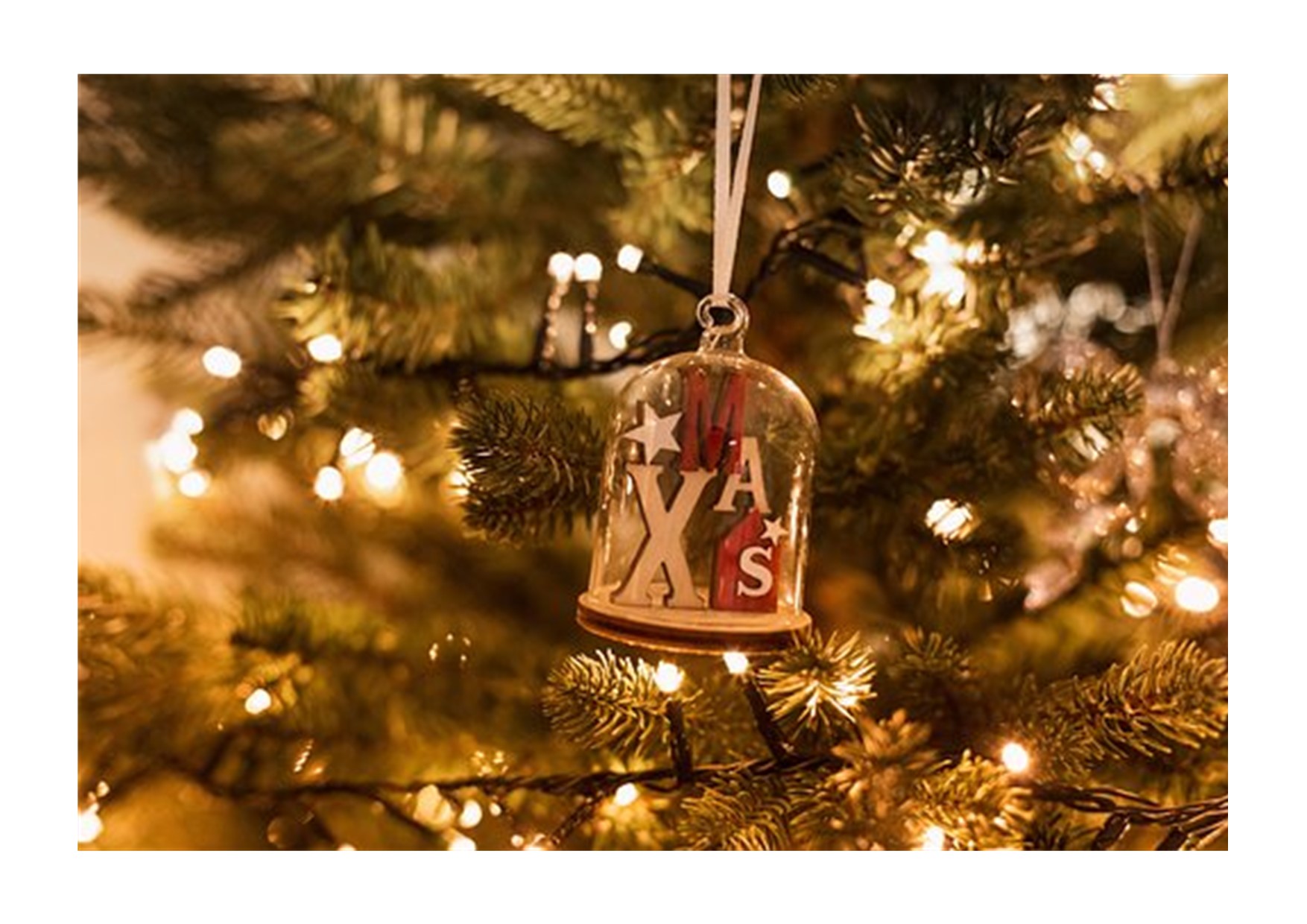What is the Best Christmas Tree For You?


The Magic of
Christmas starts with taking the family to choose your Christmas tree, but
which one do you buy?
At Young's Nurseries
we take pride in passing on our knowledge so that you can enjoy choosing your
tree.
Every year we go out
and buy our trees with not really understanding which variety is the best to
buy. Below you will find a description of all the trees so you can make a
knowledgeable decision and pick a tree that best suits you. You will also find
below guidelines of how to look after your tree and get the best out of it.
Our team will take
care and advise you in selecting whatever you wish to take home!
Christmas Trees
Nordman Fir (Abies
Nordmanniana)
The Nordmann fir has
now become the most popular choice of Christmas tree, it has attractive larger
dark green softer needles, with a delicate fragrance and has better needle
retention whilst in dryer conditions. The Nordmann are usually bushy trees and
ideal for bay windows and larger rooms.
Fraser Fir (Abies
Frazeri)
The Fraser Fir is a slender,
compact and conical shaped tree with smaller softer blue green needles with a
silvery underside. The slender growth makes these trees ideal for the smaller
home and tighter spaces. The needle retention of this variety is one of the
best along with the Nordmann Fir.
Norway Spruce (Picea abies)
The "Traditional"
Christmas tree, with smaller stiff, dark green needles, the needle retention is
not as good as other varieties but following the general guide for maintaining
the life of your Christmas tree in your home, they should survive for up to 3
weeks. The trees are bushy, and are ideal for unheated rooms, conservatories, porches
and outside in the garden.
Nobel Fir (Abies
pocera)
The Nobel Fir should
have a very well-shaped conical form, with regular spaced branches and a
smoother taper from bottom to top. It is well known for its scent (woodsy
fragrance), colour and good needle retention. They are ideal for showing off
larger, heavy decorations due to their open branching and great shape.
Blue Spruce (Picea Pungens
Glauca)
The Blue Spruce are very
symmetrical trees, with a strong fragrance and sharper needles than most
varieties They are usually sold only as potted or pot grown for ease of
handling. They are most popular for their bright blue-grey foliage. Blue Spruce
are usually sold potted with roots or pot grown.
POT GROWN AND POTTED
CHRISTMAS TREES
We have two types of
Christmas trees in pots, Pot grown and Potted.
Pot
grown trees have been grown in the pots and have the best
survival rate as they are a living tree. and if treated with care, kept watered
and away from direct heat, they will survive when put outside in the garden.
Potted trees have been
lifted carefully from the plantation and directly potted up, and if treated
with care, they have good chance of survival. Keep well-watered and away from
direct heat and they will survive when put outside in the garden.
Good Tip, when you have
finished with your pot grown tree or potted tree indoors try not to put
straight outside into wintry conditions, choose a mild day so that the tree
does not get shocked.
Guidelines for
keeping your Christmas Tree fresh whilst indoors
If you look after any
tree as below, it should keep fresh throughout Christmas:
·
Cut the base of the trunk (2-3 inches) to break the seal and allow the
water to be taken up by the tree.
·
Use a good sturdy stand that will hold water.
·
Always keep the bottom of the trunk in clear water - tests show that
additives such as sugar or lemonade make no difference.
·
Keep your tree as cool as possible, away from direct heat, radiators, fires
etc.
·
For Potted and Pot Grown Trees, put the pot in a saucer and keep watered
throughout the time indoors. Having a deeper saucer and putting 2 to 3cms of
grit in bottom works even better, as it increases humidity.
·
If you keep your tree cool and moist, the longer it will stay fresh and
not dry out.

